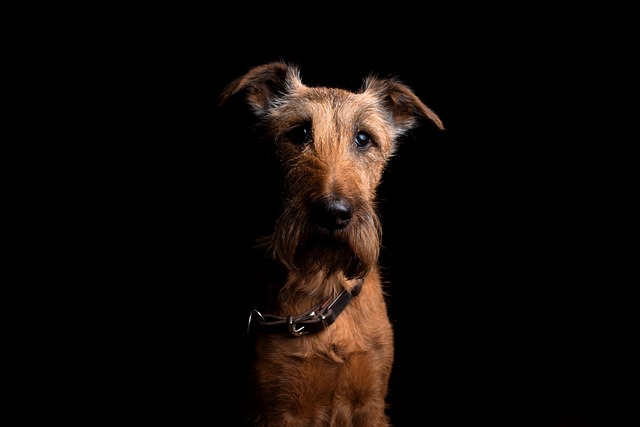
How to tell if a dog is retaining fluid?
When we stroke the soft fur of dogs, watch them wag their tails happily, and enjoy the warm time together, our hearts are always filled with happiness.
Bulldogs, with their cute and charming appearance and gentle and friendly personalities, have become beloved members of many families. When we joyfully welcome this lovely little fellow into our lives, its health always tugs at our heartstrings. However, a disease called ringworm may quietly threaten the health of bulldogs. Many owners can't help but wonder: What exactly does ringworm look like on a bulldog? Understanding this issue is crucial for detecting it in a timely manner and helping our dogs get rid of the illness.
Ringworm is not actually caused by insects but by a fungal infection. On bulldogs, the symptoms of ringworm are usually quite obvious. In the initial stage, some small red spots may appear on the dog's skin. These red spots are like small pimples that suddenly emerge on the skin and are easily overlooked by careless owners. But as time goes by, these red spots will gradually expand and form round or oval patches. The edges of these patches are often quite distinct and slightly raised, while the middle part may have a slight peeling phenomenon, looking like small red bullseyes. This is also where the name "ringworm" comes from, as its appearance is similar to a ring.
The face, ears, limbs, and other parts of a bulldog's body can all become the "targets" of ringworm. On the face, especially around the eyes and near the nose, the appearance of ringworm patches can make the dog's originally cute face look a bit haggard. The originally round and lively eyes may appear somewhat red and swollen due to the skin lesions around them. The dog will unconsciously scratch with its paws, which may lead to skin damage and increase the risk of infection, making the owner feel distressed. If ringworm patches appear on the ears, the skin of the ears may become rough, and the dog will shake its head and scratch its ears frequently, trying to relieve the discomfort in the ears, which is really heart-breaking.
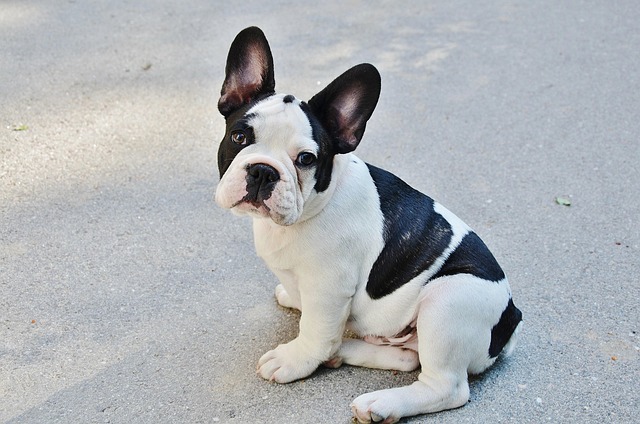 The ringworm patches on the limbs can affect the dog's movement. When ringworm infects the feet, the dog may limp when walking and no longer run and jump merrily as usual. Because the skin of the affected area will become dry and itchy, every step may bring pain to the dog. The ringworm patches on other parts of the body will damage the dog's originally smooth fur. The fur will become brittle and easy to break. With a gentle touch, a large amount of fur may fall off. The originally compact and shiny coat becomes sparse and messy, and the dog's overall appearance is greatly affected.
The ringworm patches on the limbs can affect the dog's movement. When ringworm infects the feet, the dog may limp when walking and no longer run and jump merrily as usual. Because the skin of the affected area will become dry and itchy, every step may bring pain to the dog. The ringworm patches on other parts of the body will damage the dog's originally smooth fur. The fur will become brittle and easy to break. With a gentle touch, a large amount of fur may fall off. The originally compact and shiny coat becomes sparse and messy, and the dog's overall appearance is greatly affected.
Ringworm not only affects the appearance of a bulldog but also causes physical discomfort to the dog. Itching is one of the most uncomfortable symptoms for the dog. The dog will keep scratching and licking the affected area, trying to relieve the itching. But such behavior often makes the condition worse. After the skin is damaged, it is prone to secondary infection, forming a vicious cycle. Watching the dog fidgeting and unable to rest well because of the itching, the owner is filled with anxiety and helplessness, wishing they could bear the pain for the dog.
If you find that your bulldog has symptoms 疑似 ringworm, be sure to take the dog to see a veterinarian in a timely manner. The veterinarian will accurately determine whether the dog is infected with ringworm and which fungus causes it through professional examinations, such as a Wood's lamp examination and fungal culture. After a confirmed diagnosis, the veterinarian will formulate a corresponding treatment plan, usually including applying topical antifungal drugs to the affected area and giving oral antifungal drugs to kill the fungus from the inside. During the treatment process, the owner needs to patiently administer the medicine to the dog according to the doctor's instructions, apply the ointment on time every day, and may need some small tricks when giving the medicine, such as mixing the medicine in the dog's favorite food to ensure that the dog takes the medicine smoothly.
In addition to drug treatment, daily care is also of vital importance. Keep the dog's living environment clean and hygienic, regularly disinfect the doghouse, toys, etc., and prevent the fungus from growing and spreading in the environment. When bathing the dog, use mild bathing products suitable for dogs with skin diseases, which can help clean the skin without irritating the affected area. In terms of diet, appropriately increase foods rich in vitamins and minerals to enhance the dog's immunity and help it resist the invasion of fungi. Every time we clean the environment for the dog and prepare its food, it reflects our deep love for it. We hope that through these efforts, the dog can recover its health as soon as possible.
Bulldogs accompany us with all their enthusiasm and loyalty. When they are troubled by diseases like ringworm, as owners, we have the responsibility to give them careful care and love. Pay close attention to the dog's skin condition and take action immediately once any abnormalities are found. We believe that with our efforts, the bulldog will surely overcome ringworm, regain its former vitality and luster, and continue to accompany us through countless wonderful times.

When we stroke the soft fur of dogs, watch them wag their tails happily, and enjoy the warm time together, our hearts are always filled with happiness.
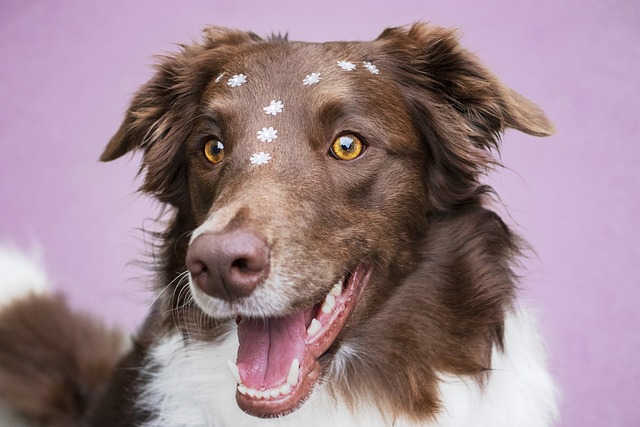
When we see the dog squatting in the corner, straining hard but having difficulty defecating smoothly, and its originally lively eyes full of discomfort and helplessness,
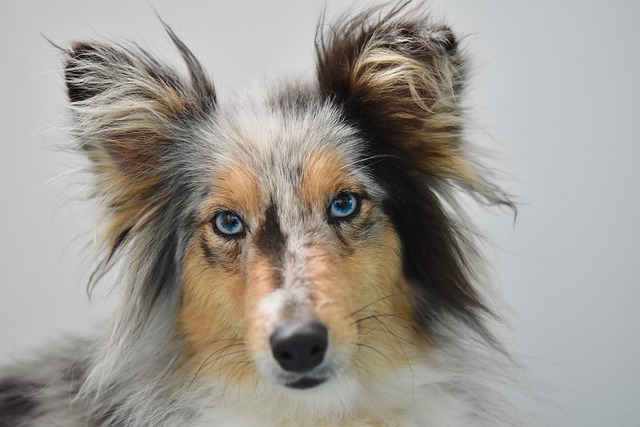
When we lovingly place delicious wet food in front of the dog and watch it feast and enjoy the happiness brought by the food, our hearts are filled with comfort.
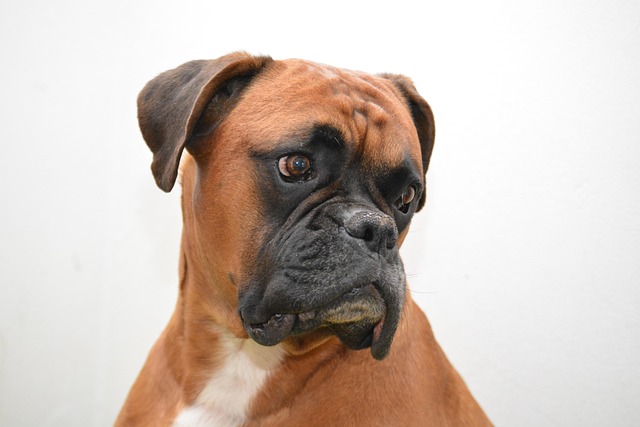
When we see our dogs wagging their tails lively, we are filled with joy and warmth. However, behind the health of dogs, there are various disease threats, among which fungal diseases are one of them that cannot be ignored.
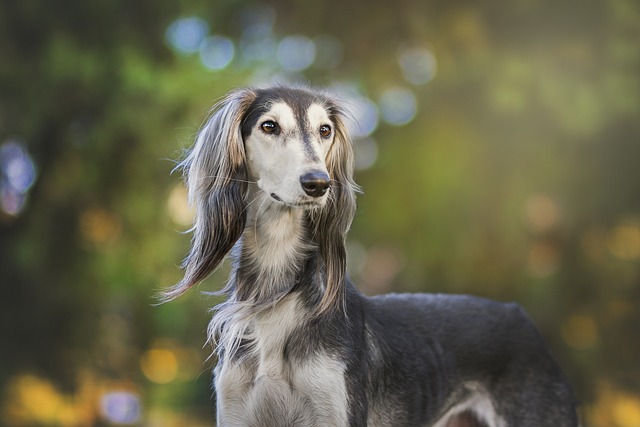
When the owner finds that the abdomen of the dog that is usually lively and active gradually bulges, moves slowly as if holding a water bag, and even begins to have symptoms of shortness of breath and loss of appetite,
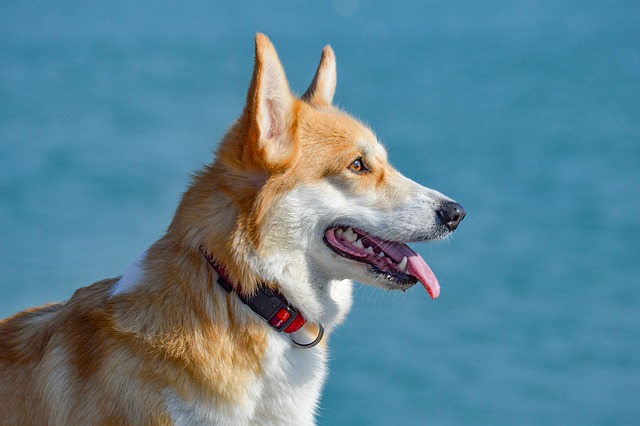
When we take our dog to get vaccinated, we think we've built a solid defense line for its health. But soon after, it shows symptoms of diarrhea and vomiting,